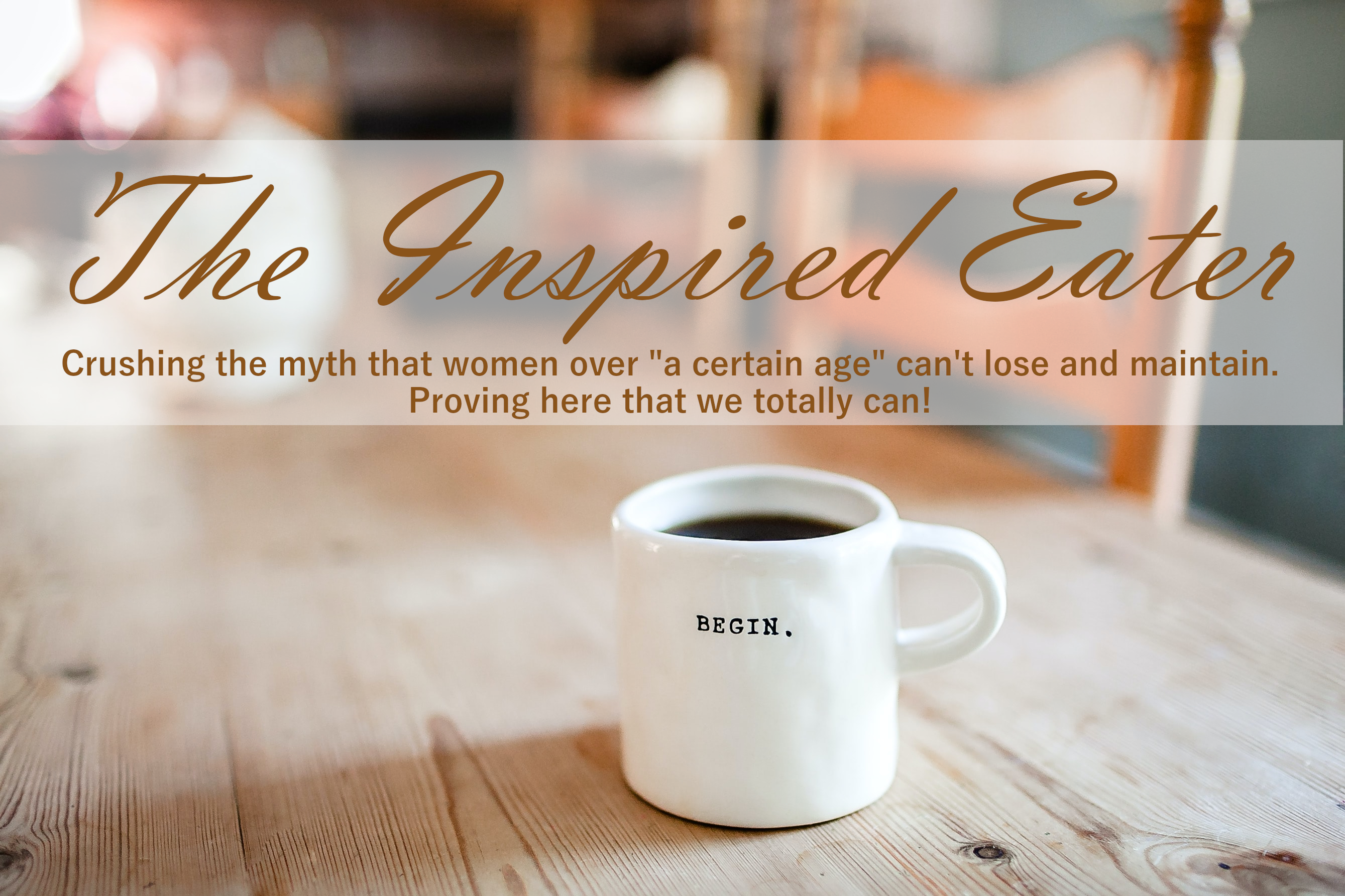Kisses and snuggles: 0 carbs, 0 calories..
Pearl One
It was a gorgeous autumn afternoon when we arrived at the Savannah, GA home where The Scarfer’s brother lives with his wife and their two young daughters.
That first afternoon The Scarfer was horsing around with both darling nieces in the family-room when the five-year-old stopped playing, looked up at him and sweetly asked, “Where did you get your tummy?”
We laughed – kids! — but I was thinking, funny you should wonder. It’s not that I blame Costco per se, but the giant warehouse and our local Aldis ice cream freezer figure prominently into The Scarfer’s tummy.
I’d known from many years together that he’d be more than happy for me to join him, but here’s how I save my own tummy!
- Every two hours I eat something small but substantial, like an apple or a banana with a teaspoon or two of peanut butter, a half-cup of cottage cheese, whole-wheat English muffins with an egg on top, avocado … you get the idea.
- This one is huge. Tor almost two decades now, I’ve kept a spiral pad and paper by my fridge and count everything I eat (I count points, others count calories, but whatever you do: count something. Studies show and so forth).
- Gently and with a smile ask your scarfer to please place all of his “special food” on the highest shelf where it can’t be seen or even reached by you without a step stool. (Good time to say: If you have a step stool in your kitchen, now is the time to put it in the garage behind several big items like bikes and yard equipment).
All three bullets are me on your average day: I eat every two hours, track my food and — all these years later — still have to request that food be out of sight. ♥
Pearl Two
If you’ve never found the time for these books, this is your sign lol. My joke is that I keep my book collection at the library, because lugging books on moving day is not fun. But I actually bought these two masterpieces. I think they’re the best our world has to offer on the subject of habit. I can’t pick one over the other because they’re both exceptional.
The first is the Power of Habit: Why We Do What We Do in Life by Charles Duhigg and the second is Atomic Habits: An Easy and Proven Way to Build Good Ones & Break Bad Ones by James Clear. Both have spent a billion weeks on the New York Times and the Wall Street Journals’ bestsellers’ lists. (I hear from a reliable source that Atomic’s audio is a spectacular listen.) ♥
Pearl Three
Sequencing is taken directly from Cognitive Behavioral Therapy (CBT). The purpose of sequences is to help us move from reacting to circumstances to responding. I encourage you to do a sequence a day in your journal. Powerful stuff.
Automatic Sequence
- Situation (be very concrete): I ate two bowls of ice cream last night.
- Thought: Is this “eating thing” ever going to resolve itself?!
- Feeling: Complete irritation verging on rage. I want to be mad at or blame somebody.
- Action: I don’t think about smart eating.
- Result: I eat ice cream again tonight.
Chosen Sequence
- Situation (be very concrete): I ate two bowls of ice cream last night.
- Chosen Thought: Two bowls of ice cream will not devolve into six months of food-porn eating.
- Feeling: Angry yet open to learning.
- Action: Every morning I make a plan with a focus on obstacles for the day and then solutions for each problem area.
- Result: I breath a sigh of relief that I didn’t let one bad evening turn into dozens. ♥
Pearl Four
Books love us and want us to be happy.
Please know that I’m not sharing books that aren’t worthy to be called a book-dessert. I often skim through several before I find a good one. I think I’m late to the party to not know the author Carl Hiaasen.
I’m loving his book out in 2016 titled Skinny Dip. It’s light-hearted, but I couldn’t say which genre it would fall into. Turns out the genre is “humorous crime thrillers.” I didn’t even know that was a thing. The story begins on a cruise and the wife gets thrown overboard, but survives. Apparently, Hiaasen loves to make fun of popular culture and he skewers cruising (one of my most favorite things ever. loll). But the book is all light and fun. A little bit it reminds me of The 100 Year Old Man Who Climbed out of the Window and Disappeared. Both phenomenal books, both perfect for book-dessert.♥
Pearl Five
“The advice I give for sustainable behavioral change, including diet, is that you make one change at a time” ♥
–Tim Ferriss
Have a wonderful week!
♥, Wendy
You know the scoop: I’m an Amazon affiliate. If you buy from a link in my post, I’ll receive money, but the arrangement won’t cost you a dime.
Are you new to the Inspired Eater? Welcome!! This blog won’t make much sense until you first read the Aunt Bea post (and you’ll find Aunt Bea on this page to the right under my short bio). On your cell you’ll see it immediately following the first post. After you enter your email address, the Aunt Bea article will be sent to your email’s inbox. If it’s not there, you might check the spam folder. And always feel free to email me at Wendy@TheInspiredEater.com and I’ll get Aunt Bea right to you!!
I am not an expert, doctor, surgeon, nurse, dietician, or nutritionist: the information within TheInspiredEater.com is based solely on my personal experience and is not intended to be used as a substitute for professional medical advice, diagnosis, or treatment.

